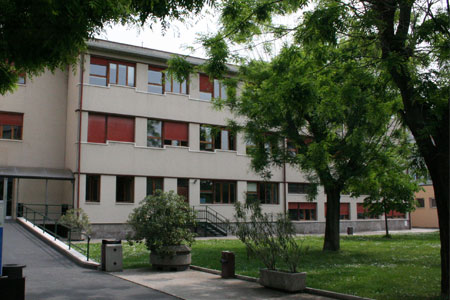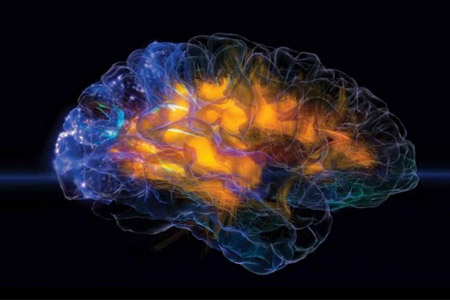While the classical notion holds that the posterior parietal cortex of the human and non –human primate plays a fundamental role in spatial processing, including visuospatial attention, recent studies have demonstrated that this notion needs to be re-assessed. It seems instead that the posterior parietal cortex is involved in the control of non-spatial forms of attention, such as the selection of the elemental feature sof an object, the resolution of behavioral conflict, the dynamic selection of competing task sets. In an attempt to better characterize the attentional role of this cortical region, we have begun a series of experiments in which we record the activity of single neurons while the animal is actively performing a variety of perceptual- motor tasks. In particular we have focussed on the activity of areas LIP and 7a, since prior studies have already demonstrated profound effects of attention in these areas.







